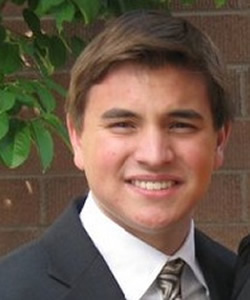Does the United States have a culture of democracy? Or does she simply have a history of developing democratic principles? I believe the answer lies somewhere in between these. Certainly, what we understand to be American values of democracy emerge from monarchial abuses that produced the Declaration of Independence and defined our Constitution, and certainly this democratic culture has served as a model for new nations. But somewhere along the line, we as an American people have left that culture and history behind insofar as we fail to actively engage in our own democratic process. The fact that our young people look more forward to getting their license than filling out their first ballot is not hyperbole, and is indicative of deficiencies in our educational infrastructure that inhibit a culture of effective democracy.
Ironically, we have already devised a solution to this challenge, only we’ve been much better institutionalizing it abroad than we have here at home. For many years, the Department of State and USAID have been supporting educational programs within local schools abroad that work with elementary and secondary school children to teach them the value of voting, assist them in understanding key policy issues, and give them a legitimate youth voice in key elections. In new democracies such as Kosovo, these programs have had unbelievable success. There are four key principles common throughout these initiatives that I believe are principles we can use in creating voter education programs in schools here at home to reverse low voter turnouts:
1. Adjust From Structure to Strategy - too often, civics and government classes focus on the structure of the political system at the expense of strategically engaging students’ franchise.
2. Create Voter Identity - from the early grades forward, engage students as eligible voters in society. Assisting them in understanding the issues and substantively selecting candidates that meet their political needs is not an exercise that should wait until voting age.
3. Make the Process Accessible – work with local governments to set up parallel voting for elementary and secondary-aged youth. The students fill out an unofficial ballot alongside their parents and their youth vote is counted and announced.
4. Identity and Accessibility produce Sustainability – a student who has been engaged and provided such opportunities to participate alongside their parents while in grade school and high school will be more likely to continue when they become of official voting age.
